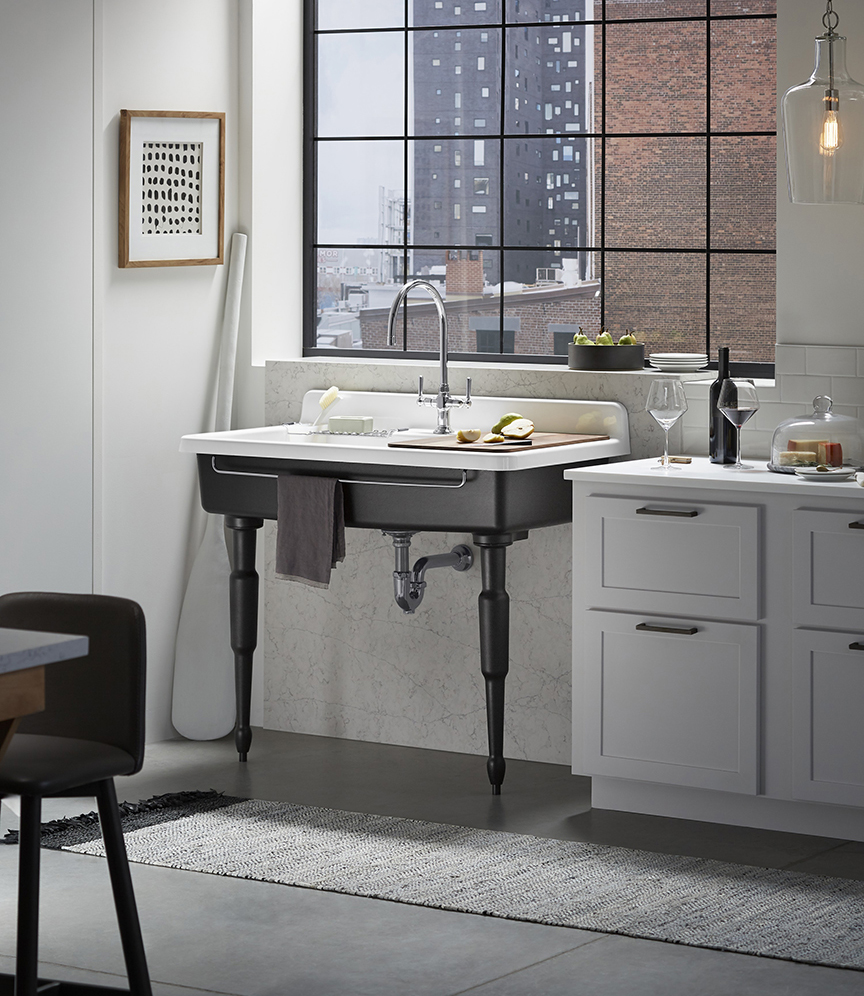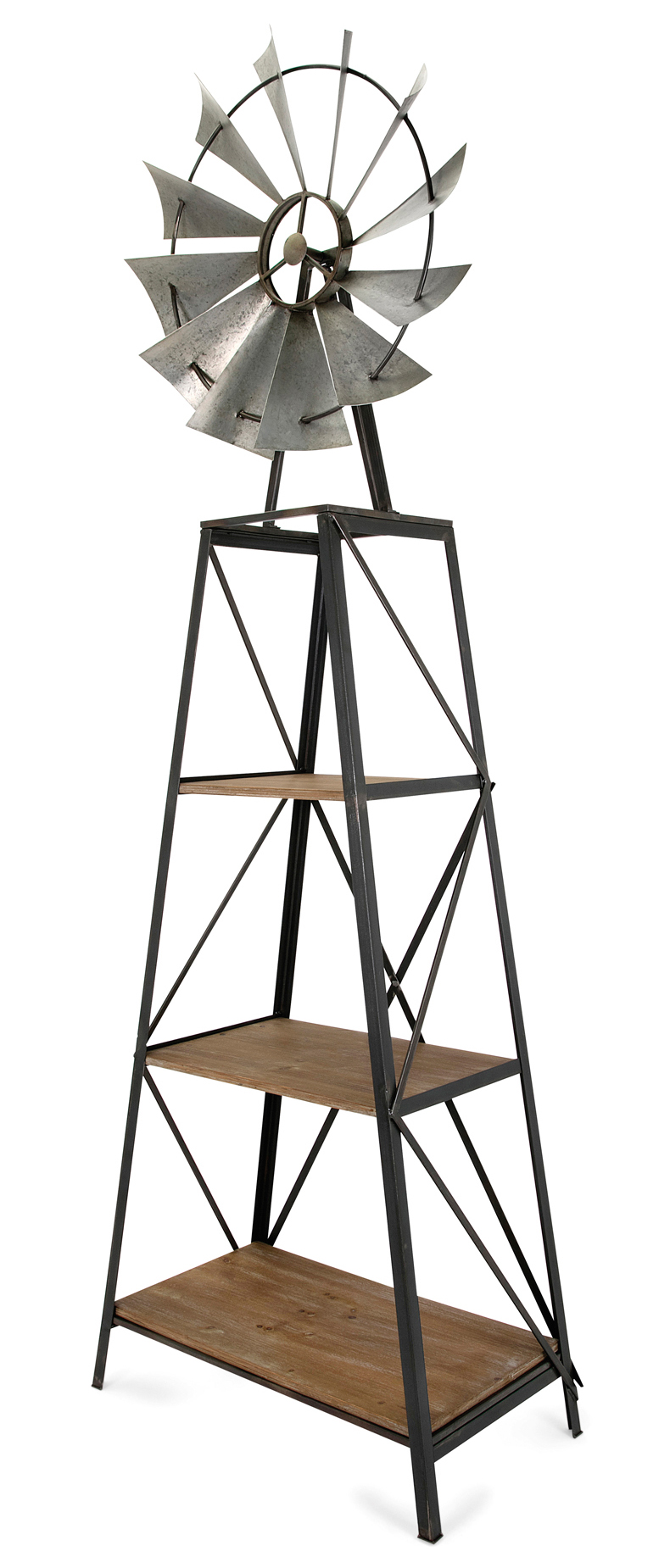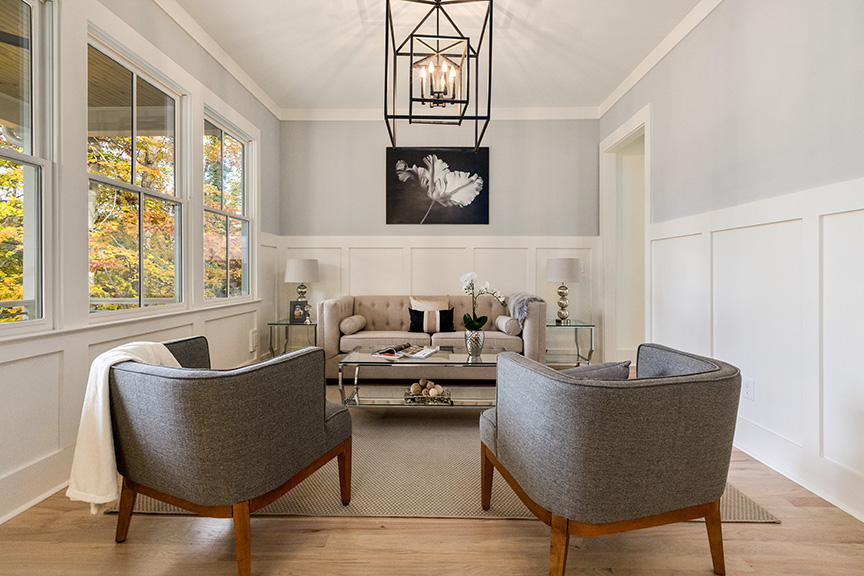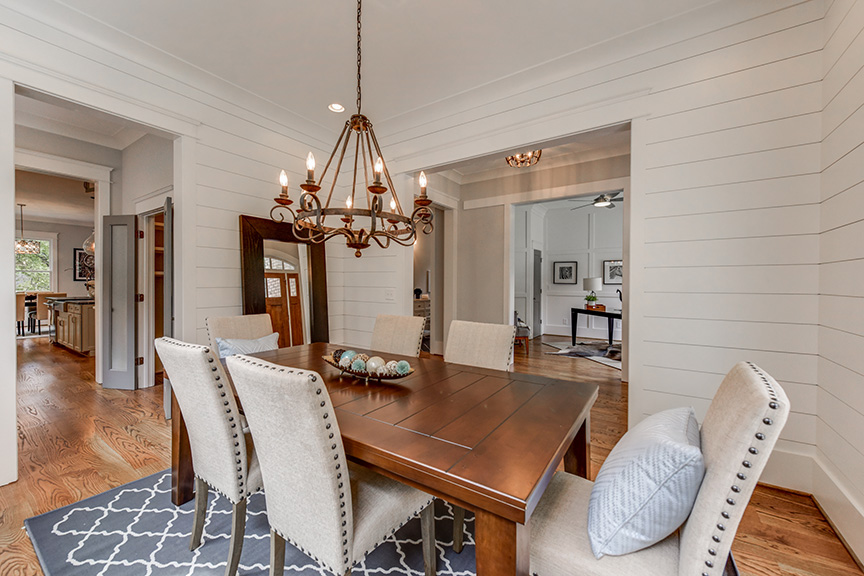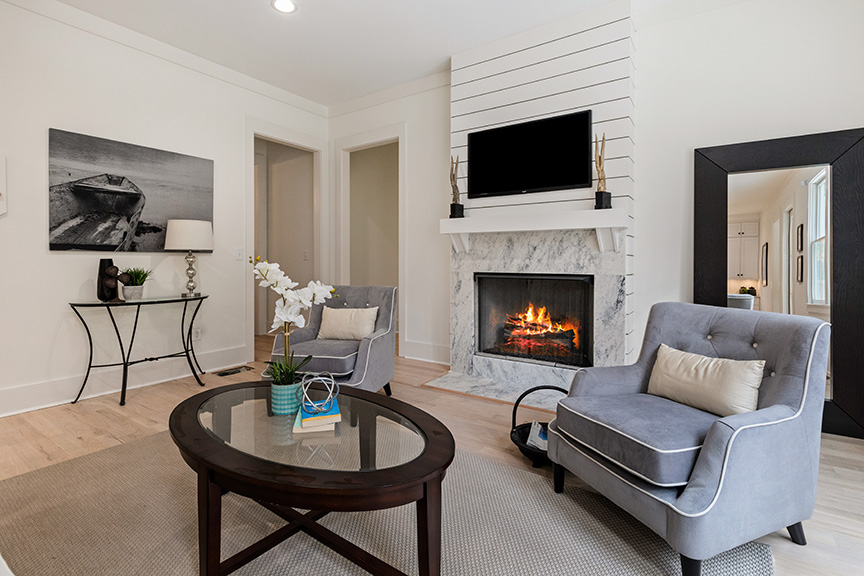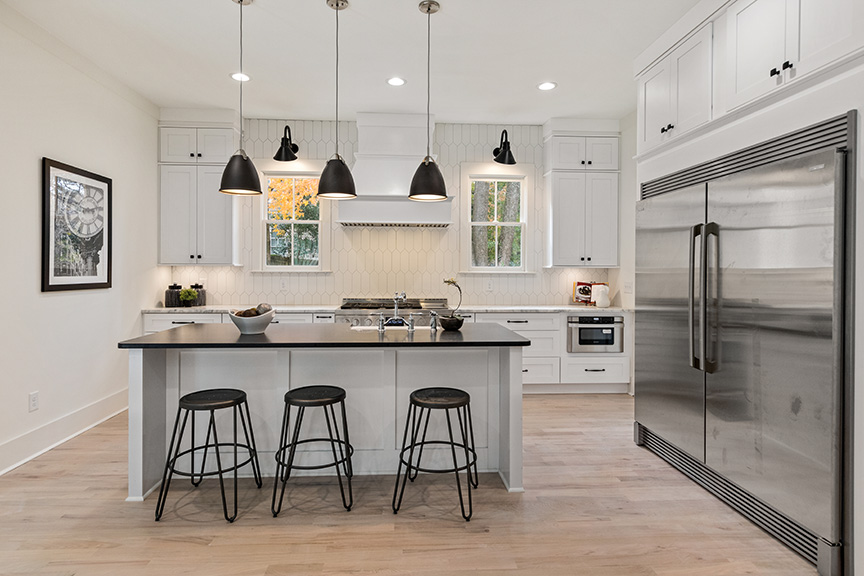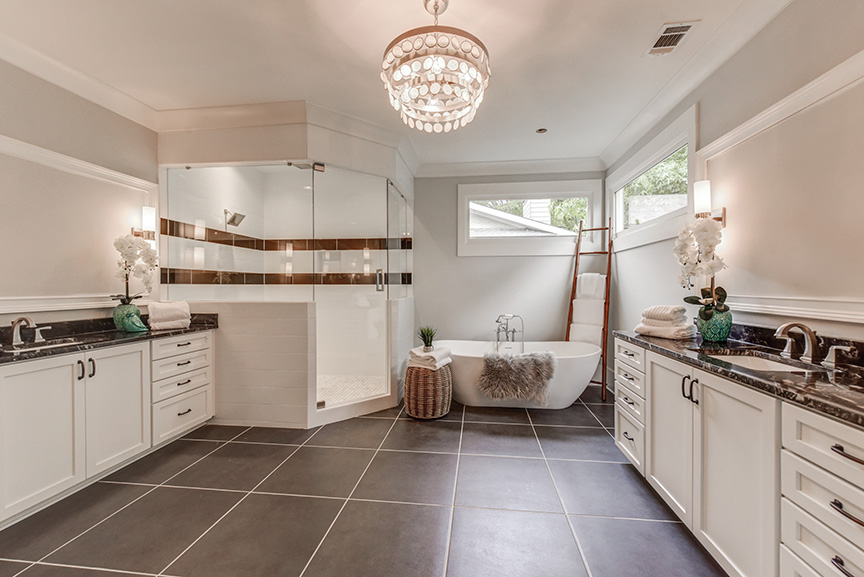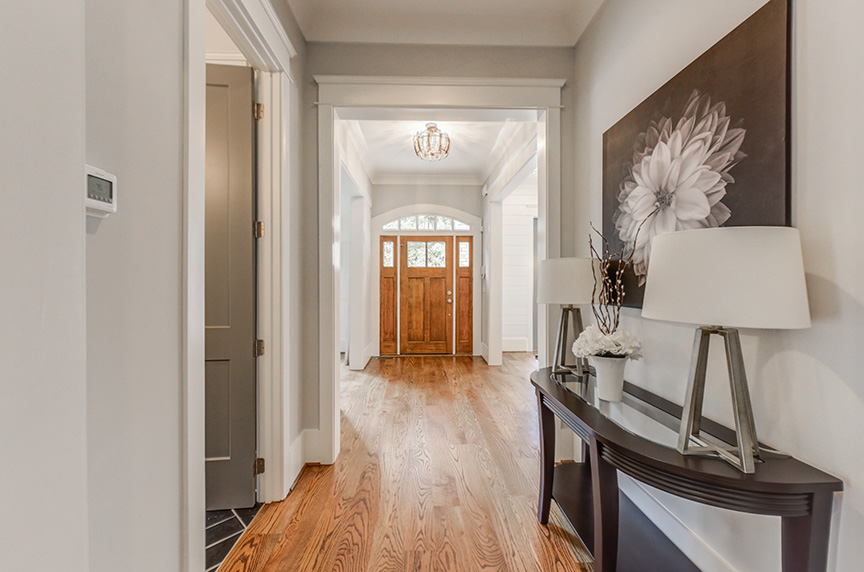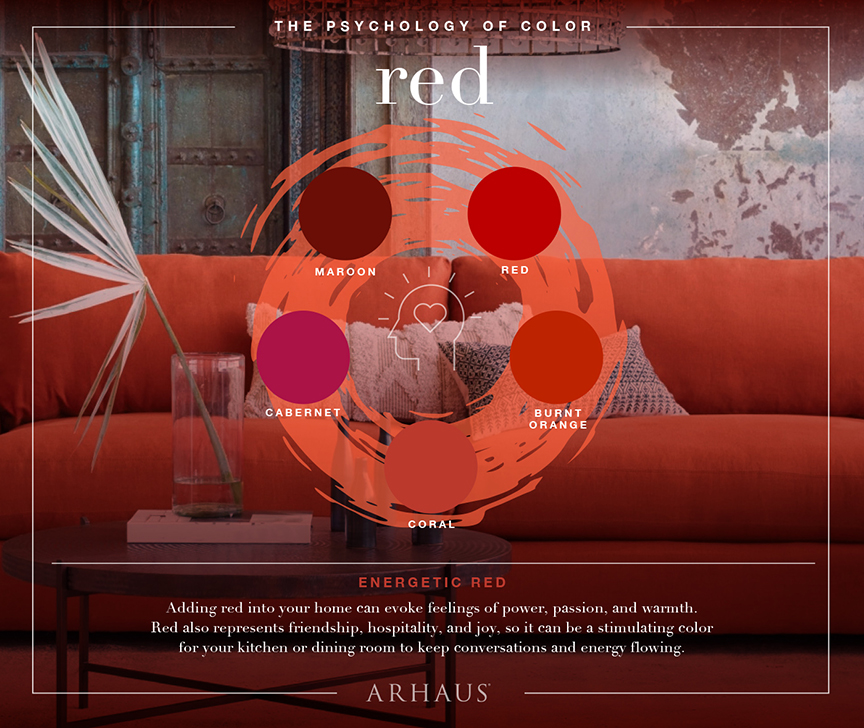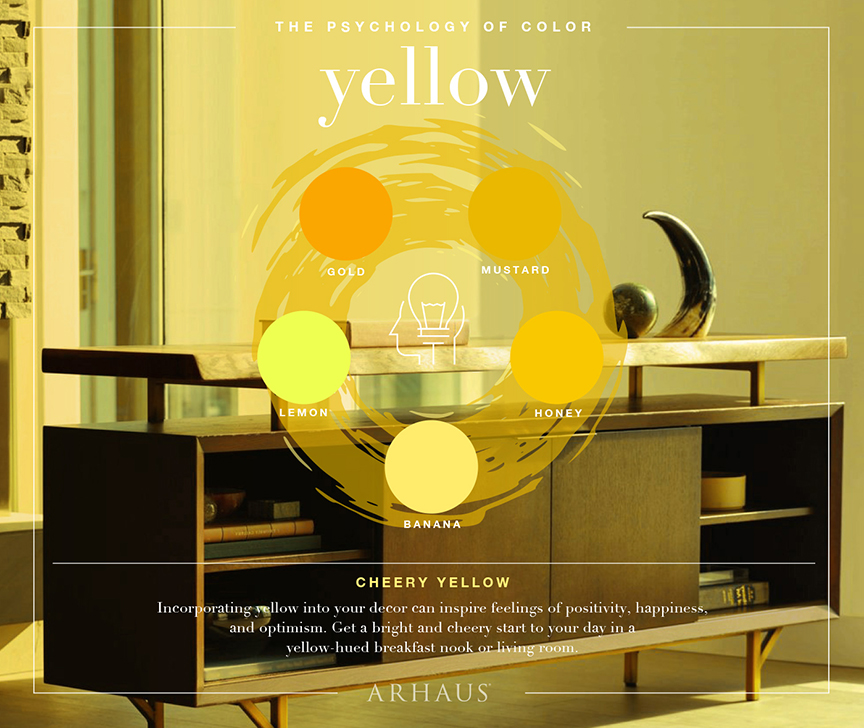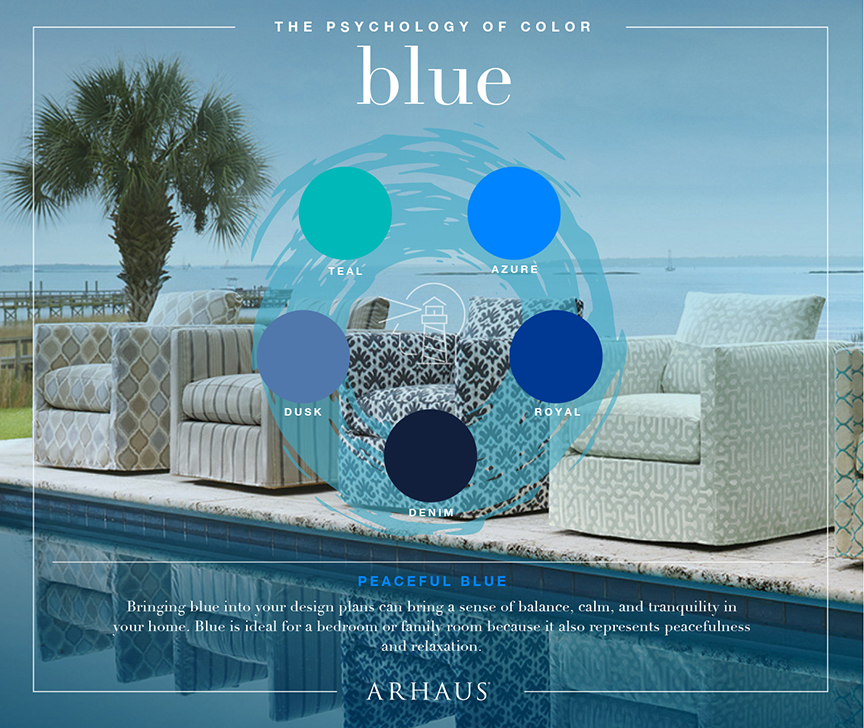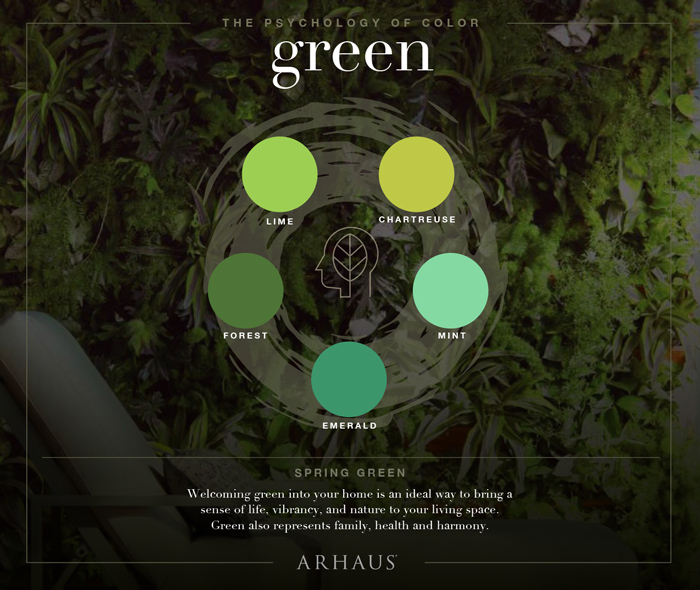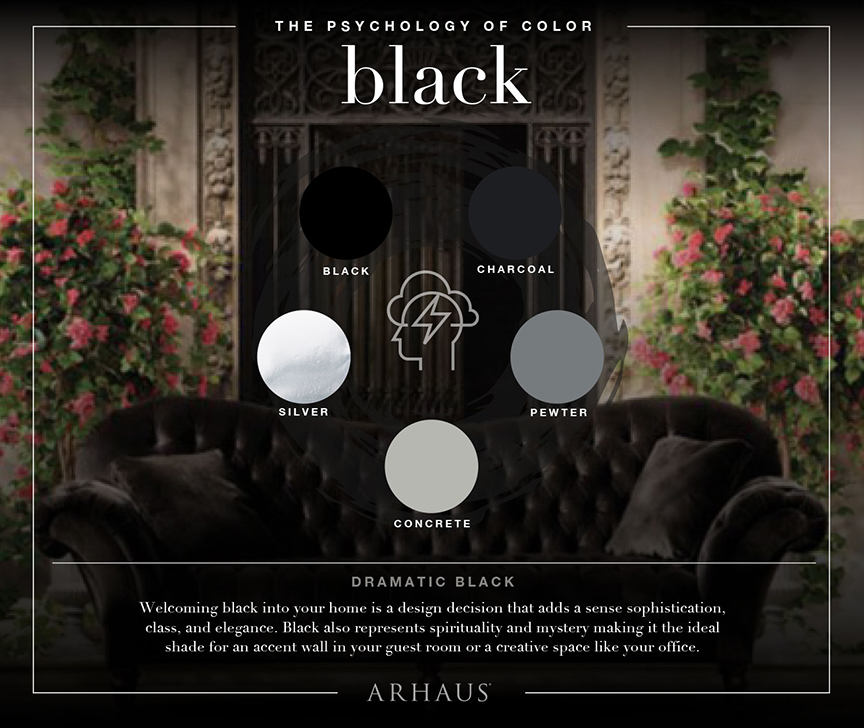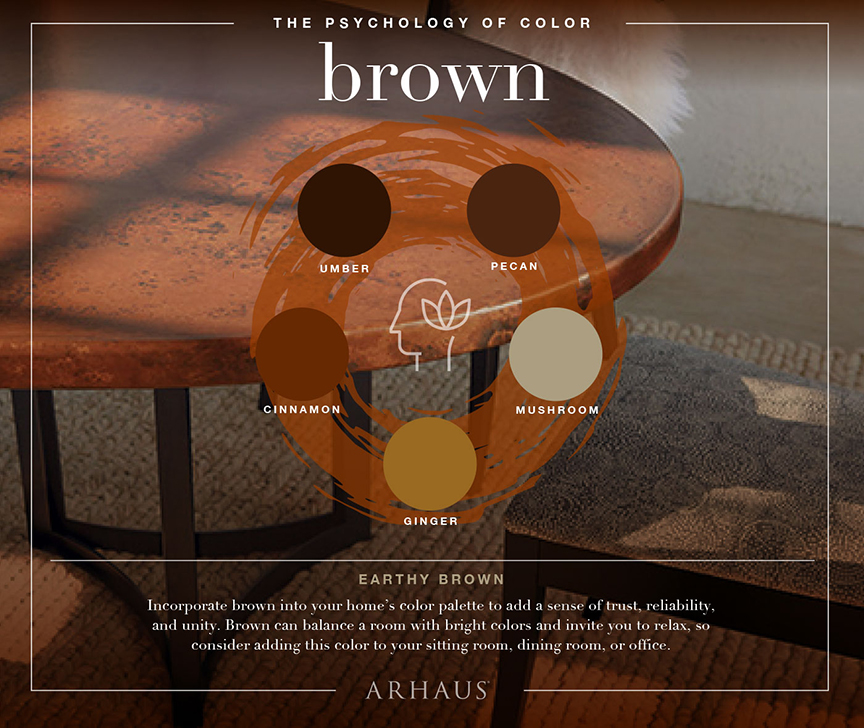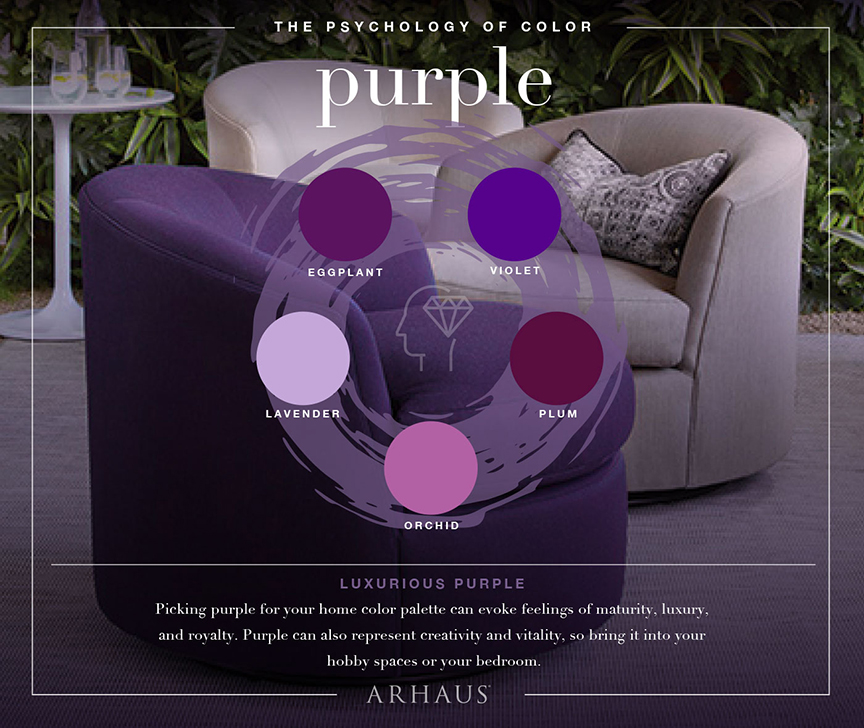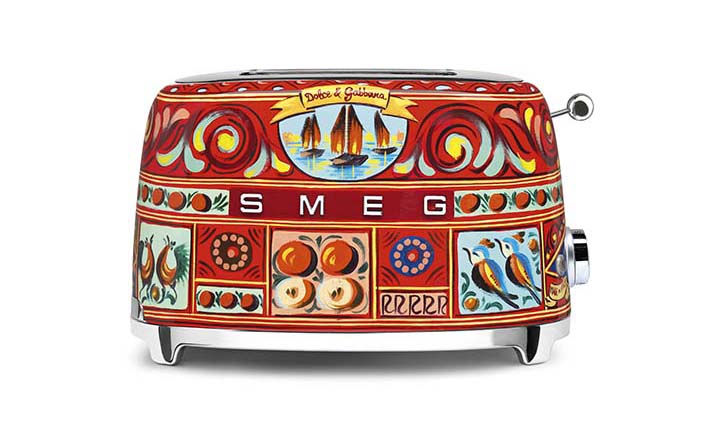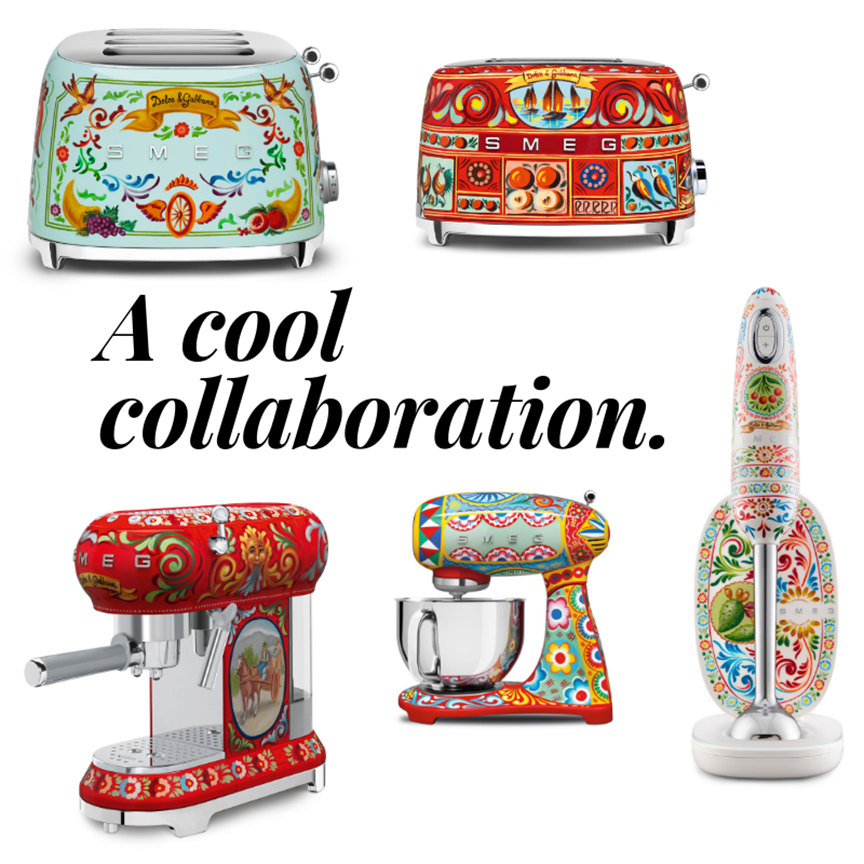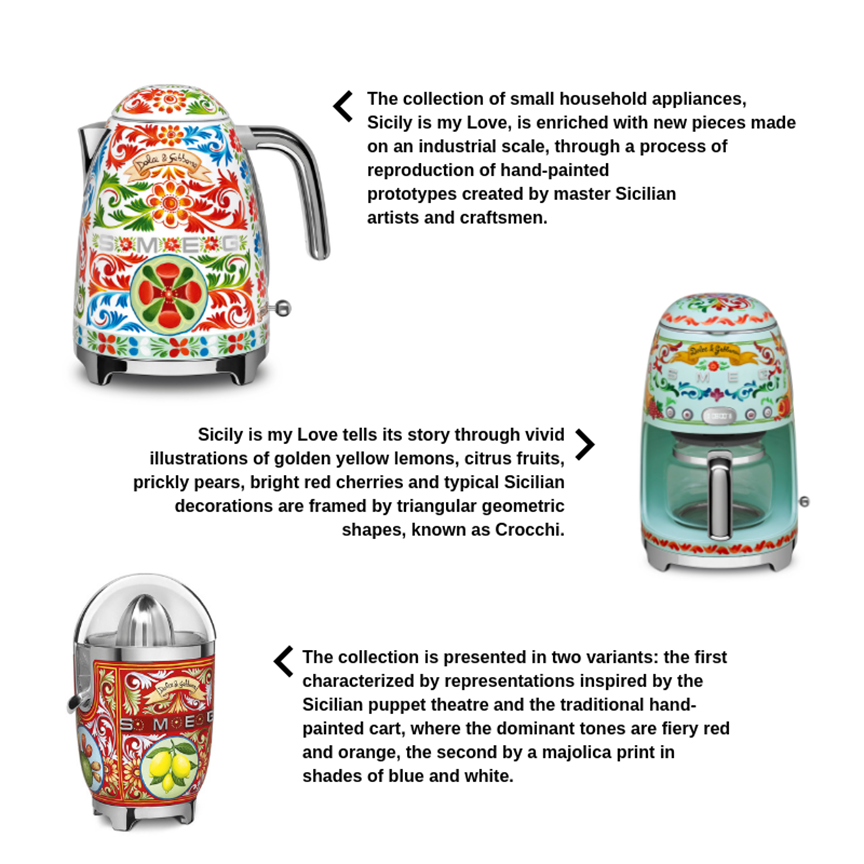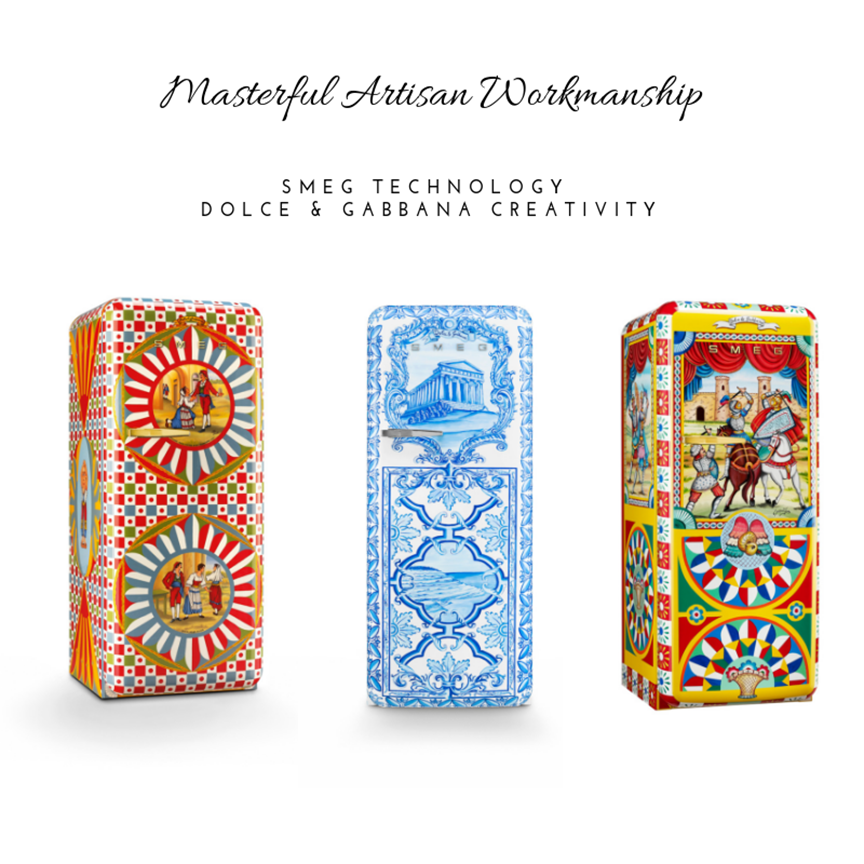Let delicate hues of pink, contrasting deep blues against calm gray, and relaxing greens glazes don your dinner table instead of standard dinnerware.
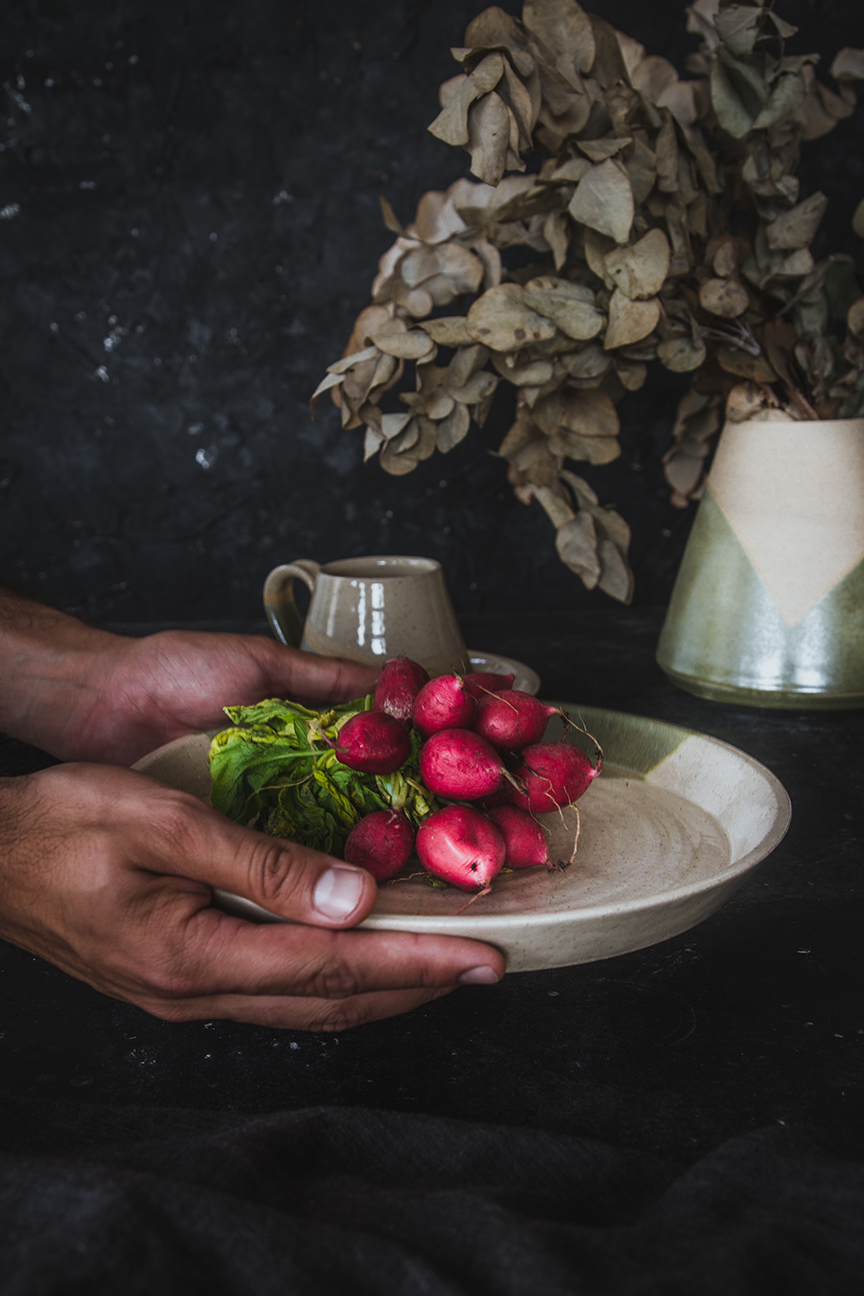
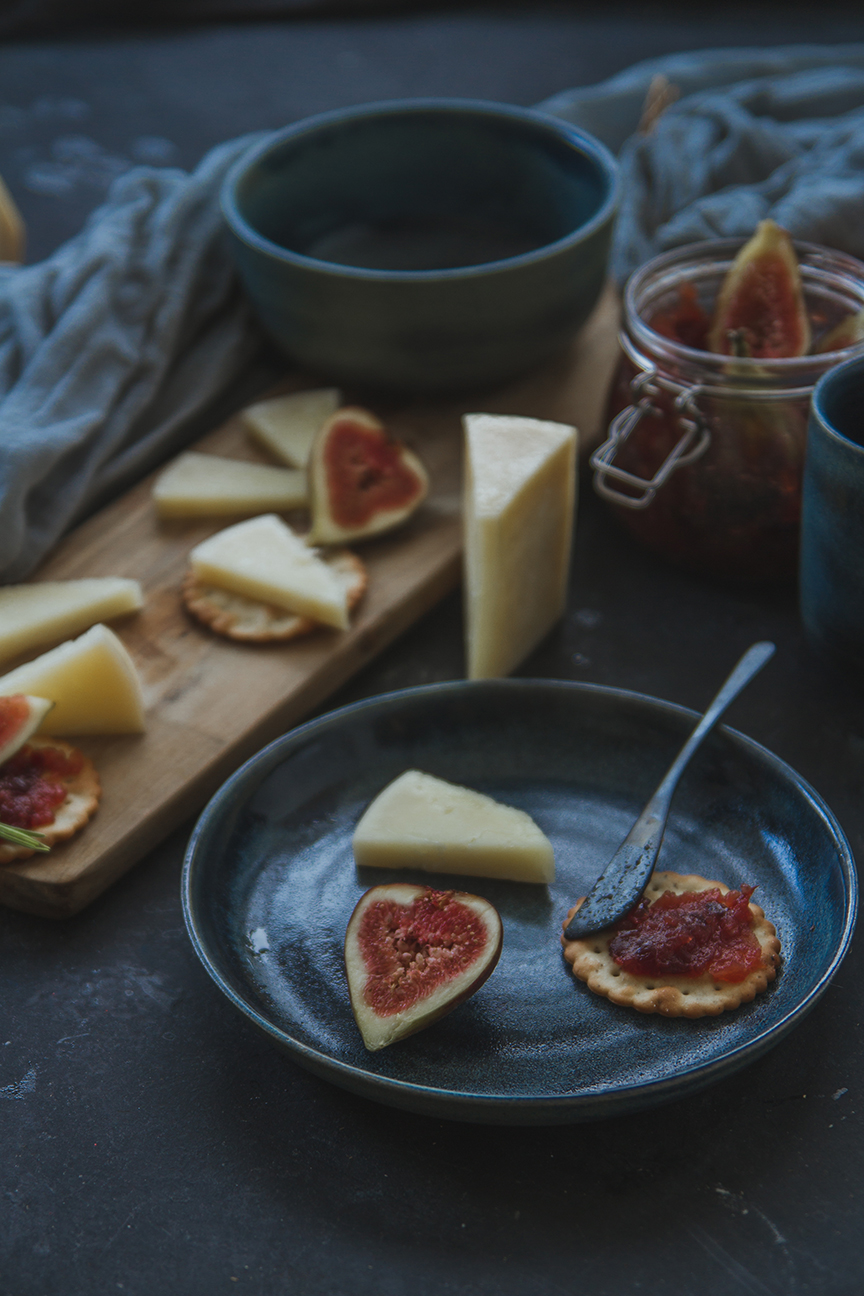
Photography by ‘The Cooking Lab’ – Grey Suit Clay
Small ceramic studios are making an impact with fun designs and a distinct unique feeling for each table. Studios such as Julie Spako’s,Grey Suit Clay, andSkandiHus in London are attracting buyers who crave handmade items you won’t find in bulk. The notion that each dish, bowl, mug or plate is one-of-a-kind makes every purchase feel personal.
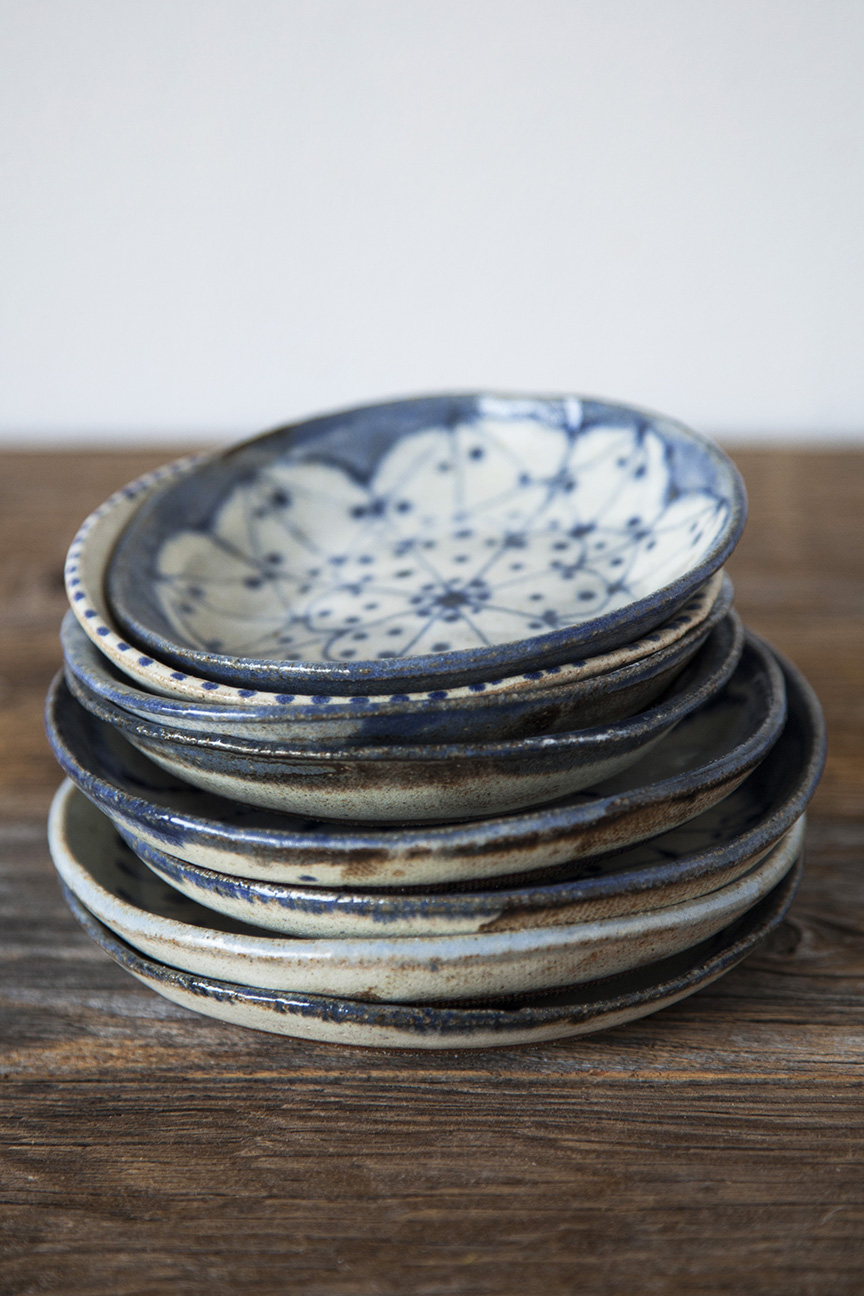
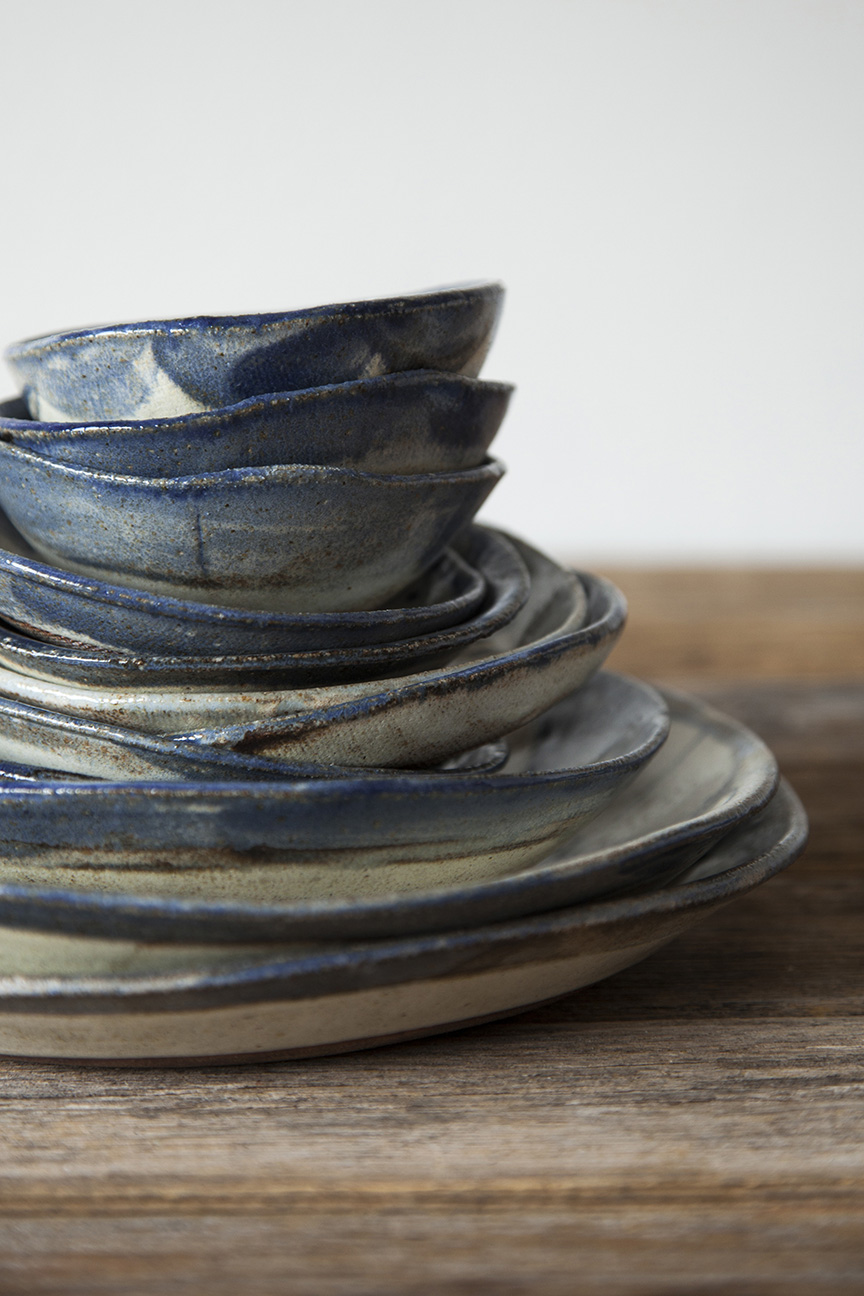
Photos by Pauline Stevens – Julie Spako
Adding handmade ceramics to your table can subtly transform a room with the creativity that comes with singular pieces. Julie Spako, who works expertly with high fire porcelain and stoneware, says “ceramic is both an ancient material and a modern one … It’s an amazing material that will outlive its maker by thousands of years but comes into being by an artist or craftsperson.” Each piece holds its own history, which brings life to any table.
These ceramic creations serve as art, but they’re also functional. “I do consider the function of my pieces as I make them, and I look forward to seeing how they are used. Some of my serving pieces are kept on the kitchen counter as catch-alls from tea bags to coffee-making supplies or in the bathroom to hold wash clothes,” says Spako.
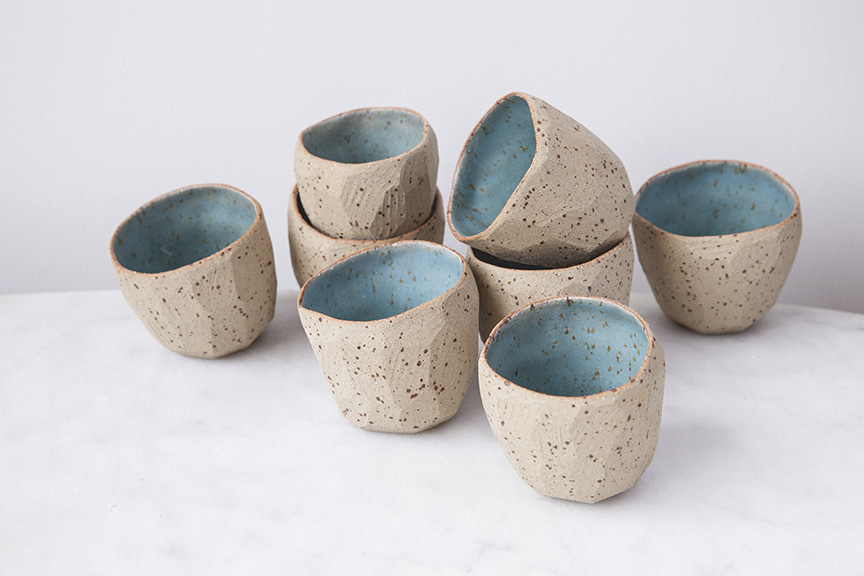
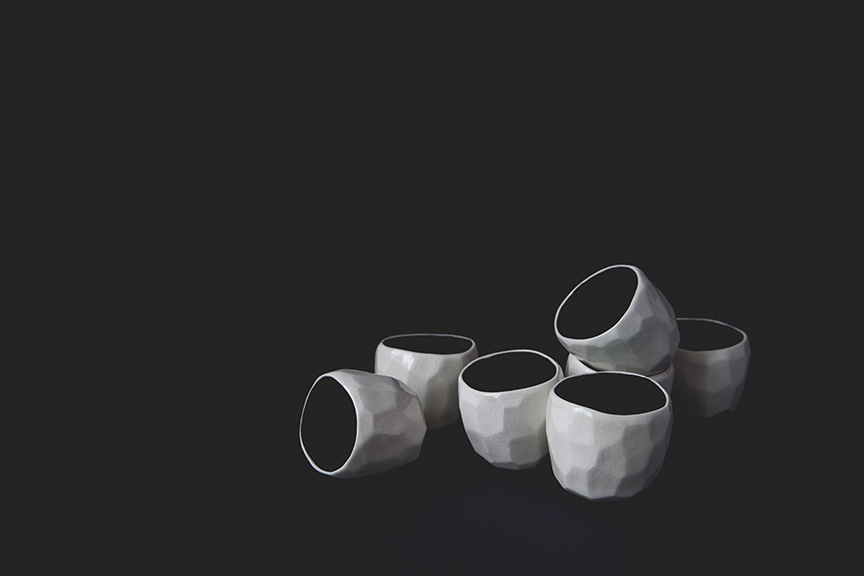
Photos by Charlie Mckay – SkandiHus
Francesca Hague, creator and owner of Grey Suit Clay also carefully considers function during the process, “I always create my pieces with the full intention of them being well used and well loved. I want them to be tactile and ergonomically pleasing in the hand whilst also showcasing a beautiful palette that works to compliment both the table it sits on as well as the food served upon it.”
Each piece is individually made and no plate, bowl, or dish is exactly the same. “Ceramic pieces are very unique in their process and finish. Being handled and molded directly from soft earth into durable, functional work — the potential for such a huge range of styles and finishes is endless,” according to Hague.
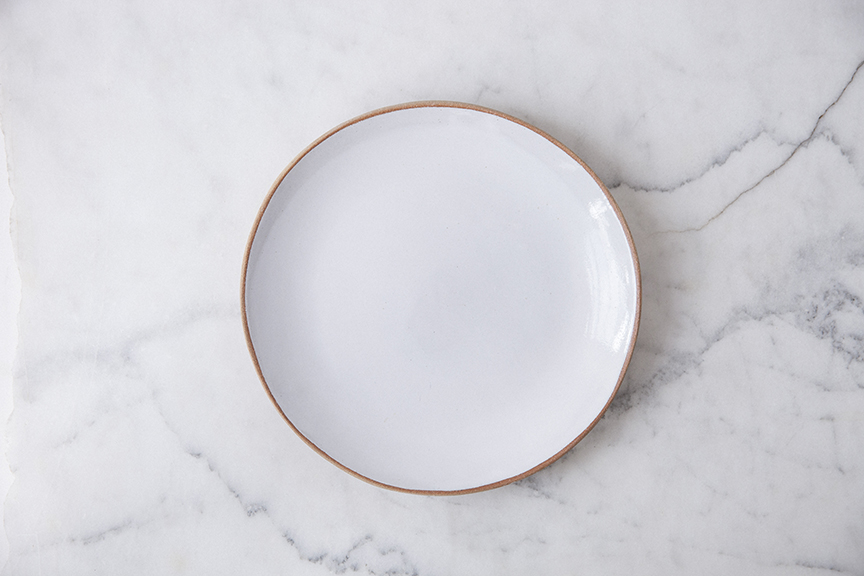
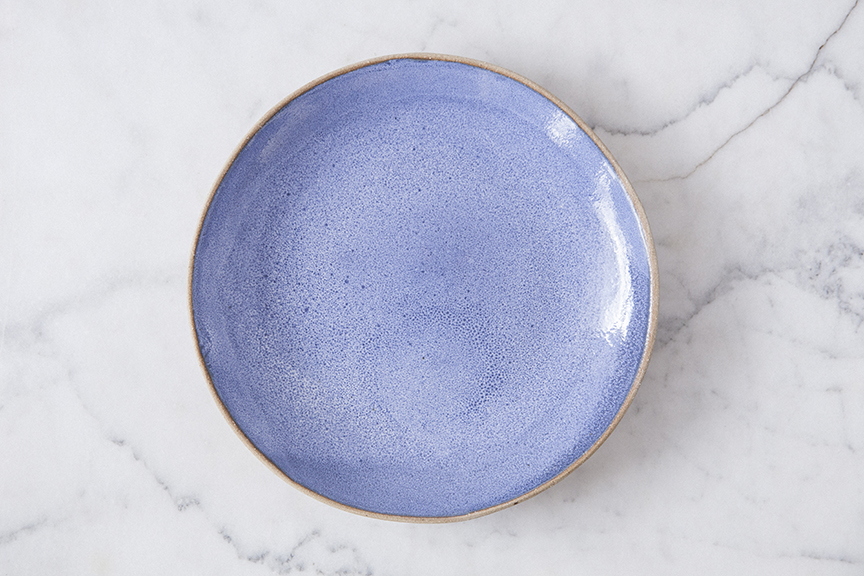
Photos by Charlie Mckay – SkandiHus

Photography by ‘The Cooking Lab’ – Grey Suit Clay



